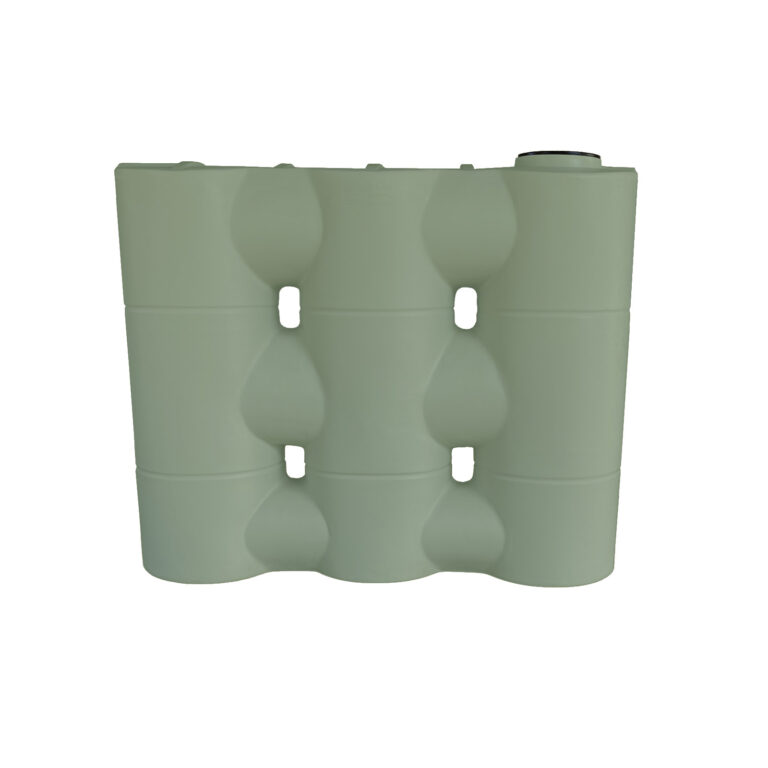Discover the Relevance of Rain Containers for Sustainable Water Conservation Efforts
In the realm of lasting water conservation, the use of rainwater storage tanks stands as a pivotal method that advantages more detailed evaluation. By checking out the complex benefits of rainwater harvesting, an extensive understanding of its possible influence on water conservation efforts arises.
Benefits of Rainwater Containers
Making use of rainwater storage tanks offers a useful option for lasting water management by using nature's sources efficiently. Rain containers accumulate and store rainwater that falls on rooftops, which can after that be made use of for different non-potable objectives, such as irrigation, washing clothing, flushing bathrooms, and also for some safe and clean uses with correct treatment. One of the key advantages of rainwater tanks is the reduction of demand on keys supply of water, especially throughout completely dry seasons or dry spells.
Environmental Impact of Rainwater Harvesting
Rainwater harvesting through using containers offers a lasting water administration experiment favorable ecological effects. By recording rain, this technique helps in reducing the demand for mains supply of water, thus relieving the burden on water therapy plants and reducing power intake linked with water distribution. Additionally, rainwater harvesting help in mitigating urban flooding and erosion by reducing the volume of stormwater runoff. This process additionally adds to groundwater recharge, which is vital for preserving water degrees in wells and springs, particularly in locations vulnerable to dry spell.
Moreover, rain harvesting promotes water conservation and lowers reliance on limited water sources. Overall, the environmental influence of rain harvesting emphasizes its significance in advancing lasting water administration methods.
Rain Storage Tanks for Residential Usage
Having highlighted the environmental benefits of rainwater harvesting, the focus now shifts to the practical application of rain containers for household water conservation (Slimline water tanks). Rainwater storage tanks play a critical role in household water monitoring by recording and storing rain that drops on the roof covering of a residence. These tanks can vary in size and product, supplying property owners versatility in picking a system that fits their requirements
One of the primary benefits of using rainwater storage tanks in household settings is the decrease in reliance on mains supply of water. By accumulating rain for non-potable usages such as watering gardens, washing autos, flushing commodes, and doing washing, homes can dramatically reduce their total water consumption and energy costs. In addition, rainwater is usually without the chemicals located in treated water, making it a more effective selection for certain house tasks.
In addition, you could look here rain harvesting systems can assist minimize metropolitan flooding and disintegration by decreasing stormwater runoff. By recording rainwater in tanks, less water streams right into tornado drains pipes, reducing the pressure on community drainage systems during hefty rains. On the whole, including rainwater tanks right into properties adds to lasting water preservation initiatives and promotes self-sufficiency in water management.

Economic Benefits of Using Rainwater Tanks
The monetary benefits connected with the application of rainwater storage tanks in domestic and commercial settings are substantial and diverse. Among the key financial advantages of utilizing rain containers is the decrease in water costs. By collecting and storing rain for different non-potable usages such as irrigation, commode flushing, and laundry, homeowner can substantially lower their dependence on keys water, bring about significant price savings gradually.
In addition, the installment of rain containers can boost building value. In today's ecologically mindful market, properties outfitted with sustainable functions like rainwater harvesting systems are frequently extra eye-catching to prospective purchasers, commanding greater asking price and faster sale times.
Furthermore, rain containers can assist organizations and homeowners mitigate the impact of water constraints and changing water costs. By having a supplemental water source during droughts or periods of boosted water costs, individuals and companies can better handle their water-related costs and preserve functional continuity. In general, the economic advantages of making use of rainwater tanks make them a wise financial investment for lasting financial savings see it here and sustainability.
Neighborhood Sustainability Via Rain Collection
Considering the broader impact beyond individual benefits, the integration of rain collection systems in areas plays an important function in promoting environmental sustainability and resource management. Neighborhood sustainability via rain collection initiatives not just aids in reducing the strain on community water resources but also aids in mitigating the effects of urbanization on neighborhood water supply. By setting up rain storage tanks in public buildings, parks, and public areas, communities can decrease their reliance on central water sources, bring about an extra durable supply of water throughout droughts or emergencies.
Moreover, community-level rainwater look at this website harvesting cultivates a sense of cumulative responsibility in the direction of water conservation. It motivates locals to actively take part in lasting practices, advertising awareness concerning the significance of water preservation and ecological stewardship. Slimline water tanks. With curricula and outreach initiatives, neighborhoods can empower people to make educated choices about water usage and monitoring, leading the way for lasting environmental sustainability. Inevitably, area sustainability via rainwater collection not just benefits the present generation however also guarantees a much more lasting future for generations to come.

Conclusion

Comments on “Dependable Slimline Water Tanks: Optimize Your Water Storage Capability”